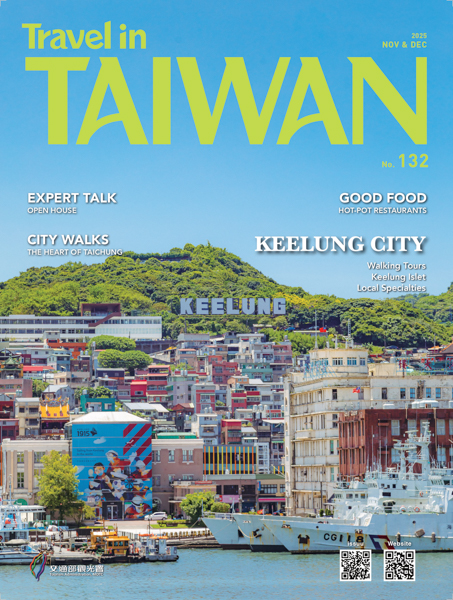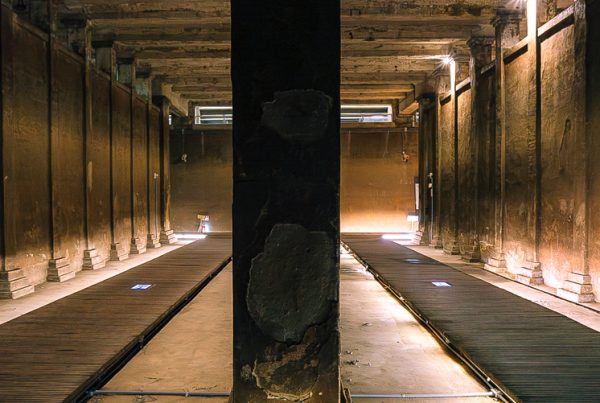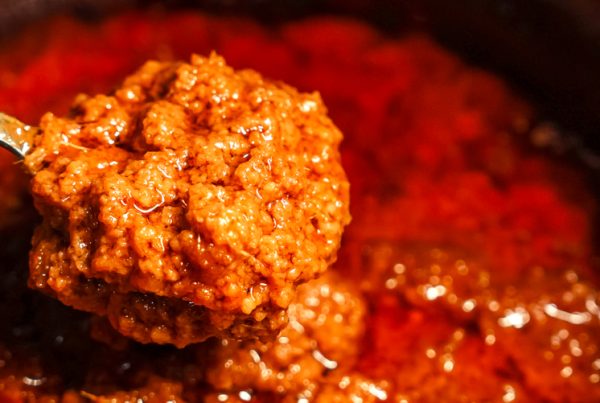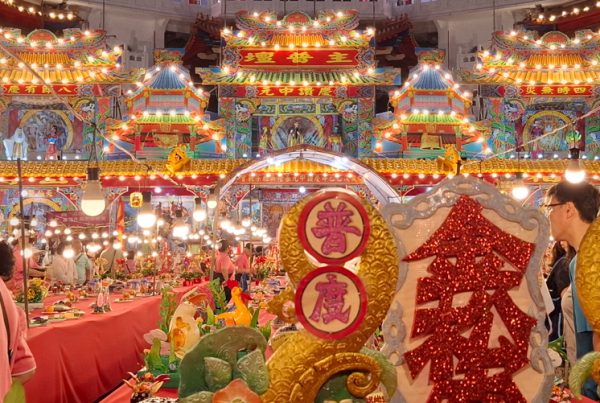Chengnan Means “South of the City” – Find Out Why
TEXT | RICK CHARETTE
PHOTOS | VISION
Taipei’s Chengnan area is spread out south and southeast of the old walled city’s south side. The name’s etymology: cheng means “city/city wall,” and nan means “south.” The Japanese (1895-1945) mapped this district out as a zone of ambitious park landscaping and genteel upscale residential quarters for elite government employees and scholars, creating a gentrified character that is still preeminent today.
We’ve mapped out a pleasant walkabout for you that we feel well captures the zone’s diversity of personality and attractions, doable in a single ambitious day or in an unhurried two, frequented with stops at some of the many urbane and/or history-steeped cafés, teahouses, and eateries – many of these located within the attractions we’re about to unveil.
Our starting gate is MRT Guting Station, serving both Taipei Metro’s Green and Orange Lines, centrally located for our purposes. The name “Guting” goes back to the Qing Dynasty. The then-extant Guting Village lay along the simple roadway leading southeast from the walled city’s south gate, parallel to the Xindian River. “Guting,” some say, referred to a “drum pavilion” used to warn against attack by indigenous warriors and bandits (the character for “drum” at some point changed to today’s homonymous “old/ancient.”
Content
0km Mountain Center
Let’s head off on our first discovery foray. Direction from the metro station east/northeast, time to destination 8~10 minutes. Chengnan is wealthy with old Japanese-built, Japanese-style wooden residential structures, and our objective is a cluster of these single-story heritage pearls just off Jinshan South Road, the 0km Mountain Center (www.0km.com.tw), another fine Taipei example of these priceless gems of the island’s heritage being rescued, renovated, and re-missioned.
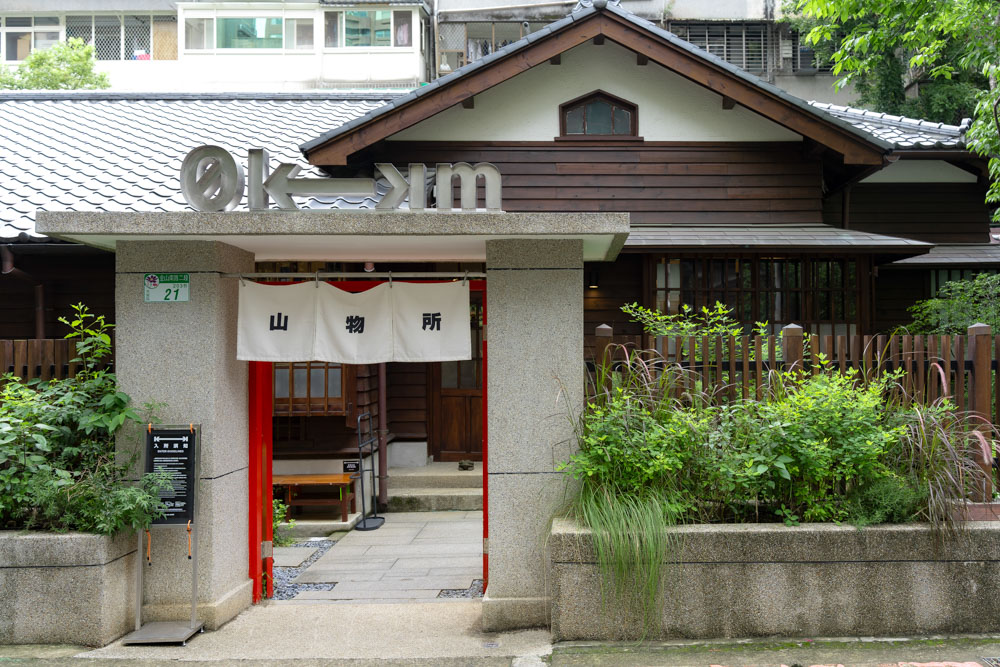
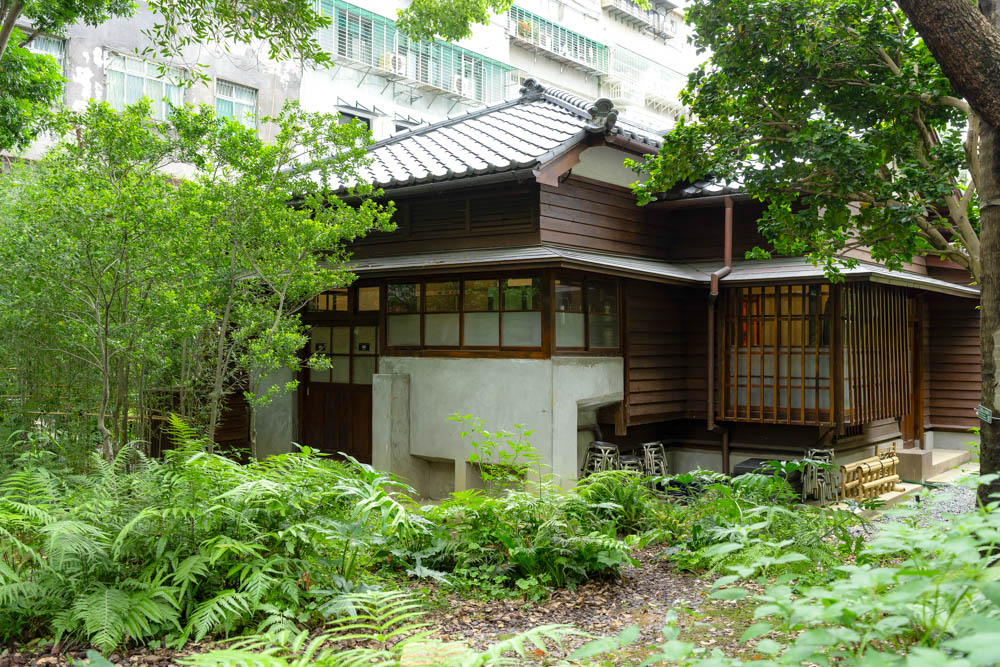
This is a collaborative project between the Forestry and Nature Conservation Agency and the private-sector CMP Group. The latter has been involved in many rehabilitation initiatives around the city as part of the Taipei City Government’s “Old Houses” movement. The goal for this base is to serve as a “mountain forest in the city” and educational station teaching and encouraging sustainable coexistence with nature, reminding all that though Taiwan is densely populated, it is about two-thirds mountainous and 60.7% covered in forest.
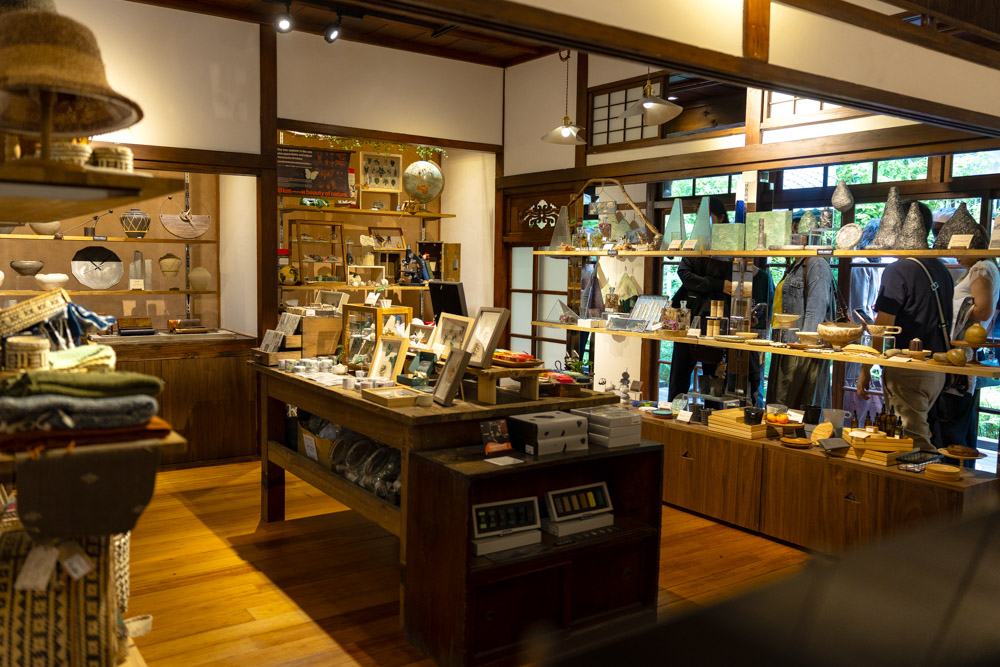
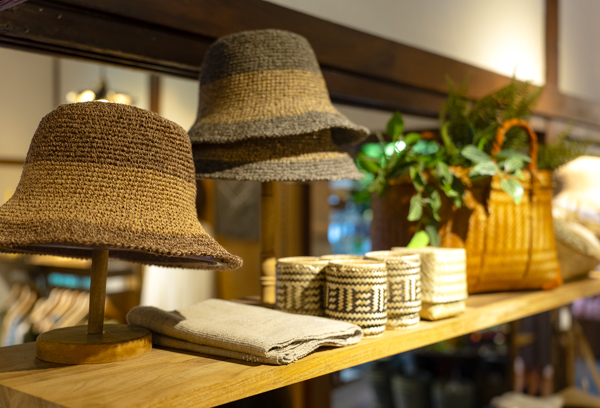
Constructed as dormitory residences for the Government-General of Taiwan’s Mountain Forest Section, the restored architectural works stand in the shade of numerous large trees planted by their original occupants. Spaces include the Multi-Layered Woodland, Inner Garden, Second-growth Garden, two regular shops and one pop-up shop facility, a café, a restaurant, and two exhibit facilities. All are theme-focused on forests and the natural environment, and in the green spaces, Taiwan-native plants are the headliners.
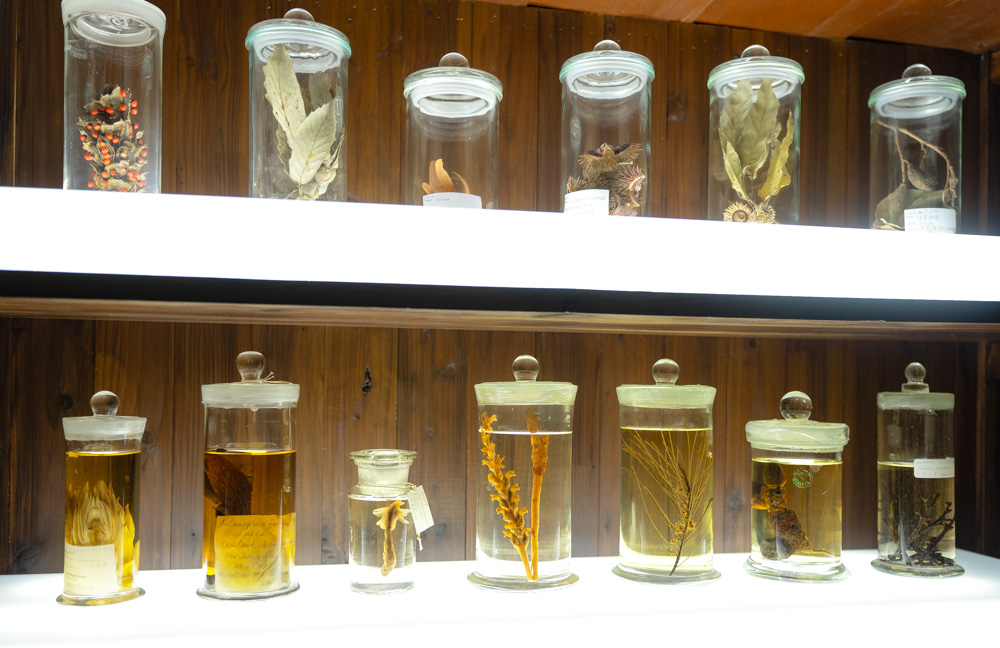
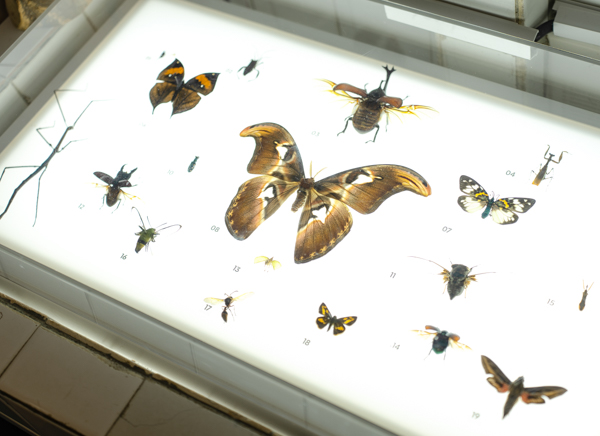
Rongjin Gorgeous Time
A little over a block further north along, and right beside, Jinshan South Road is Rongjin Gorgeous Time (rongjinchoice.com), another celebrated project in which abandoned Japanese-era structures have been resuscitated, now a popular spot with locals and tourists, vibrant with a teahouse, private-kitchen restaurant, two handicraft boutiques, café, izakaya-style dumpling house, Japanese-foods eatery, kimono experience store, dessert shop, and bar. There’s also a regular weekend/holiday cultural-creative market.
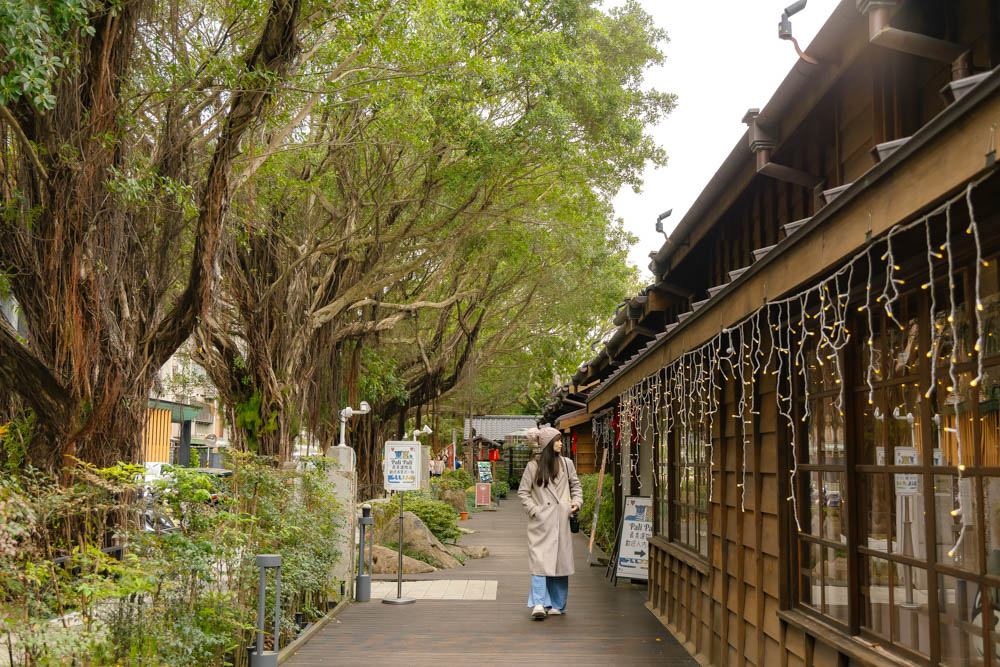
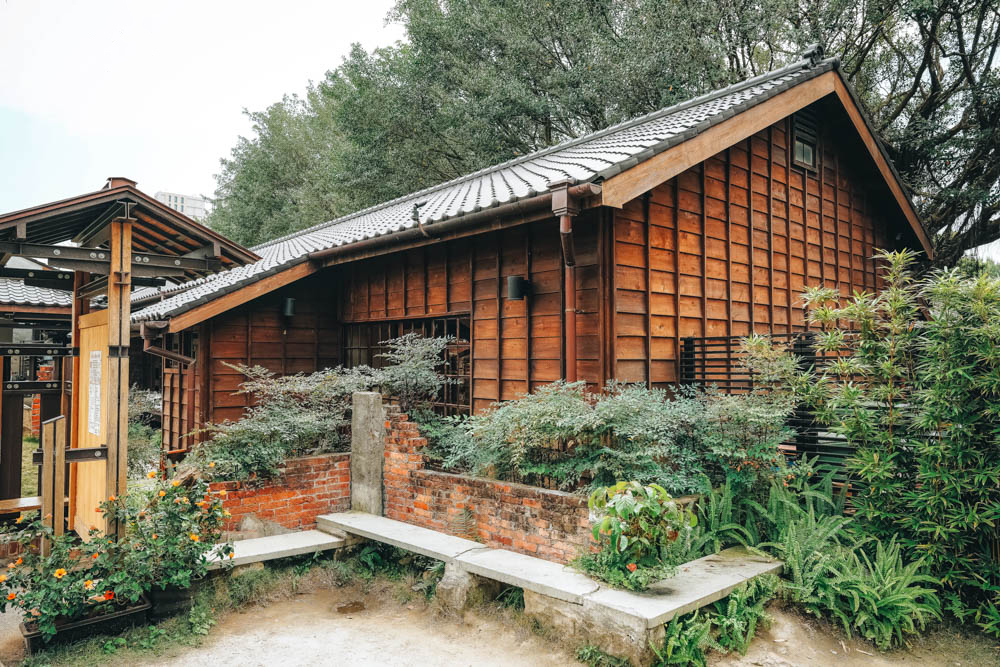
The Taipei City Government’s Department of Cultural Affairs spent years revivifying the site. The well-preserved architecture and serene ambience – especially at night when strategic outdoor lighting sets the complex and characterful old banyan trees aglow – has earned this place a “Little Kyoto of Taipei” nickname.
The long strip of wood-built former government dormitory residences originally housed officials from the Taipei Criminal Office. A brick bathhouse has also been restored. You’ll see a large open lot next door – a prison facility once stood there – and in between a long section of the stone-block wall that separated residences from the prison. There’s a small visitor center on-site, providing background info sure to enrich your experience and ensure even longer-lasting memories.

Nanmen Market
Next, a classic Taiwan traditional-market experience, but in a comfy and commodious air-conditioned indoor facility. Nanmen Market is a few blocks west of Rongjin Gorgeous Time, on Roosevelt Road. This is the major thoroughfare that Guting Station is on, no longer the “simple roadway” of Qing-era days. The “Roosevelt” refers, yes, to FDR, the name bestowed by Chiang Kai-shek and his Nationalist government to honor their WW II ally. “Nanmen” means “South Gate,” referring to the market’s proximity to the walled-city portal. Opened in a field at this location in 1907, it had a smaller predecessor right outside the gate.
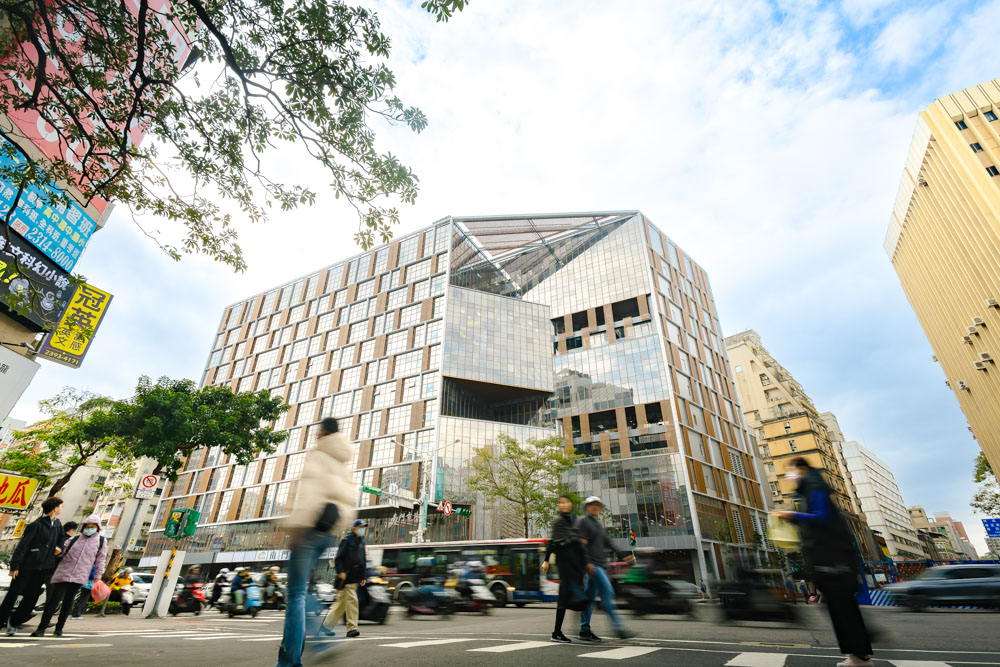

The now bright and airy A/C-cooled four-story market, in a high-rise building, underwent a comprehensive years-long refurbishment in the past decade, during which its vendors moved to temporary quarters nearby. This is a cardinal center for regional specialty goods, especially hard-to-source items from China (particularly Jiangsu/Zhejiang indulgences), provisioner of both dried and preserved foodstuffs and a mouthwatering cornucopia of fresh-prepared hot foods. During the Lunar New Year shopping lead-up, the cavalcade of traditional-style preserved meats, candies, and buns produces shopper streams so dense you couldn’t pour water through, with a zesty and friendly warmth that is invigorating. Tourists take note that the second-level food court is a renowned budget-convivial foodie point.

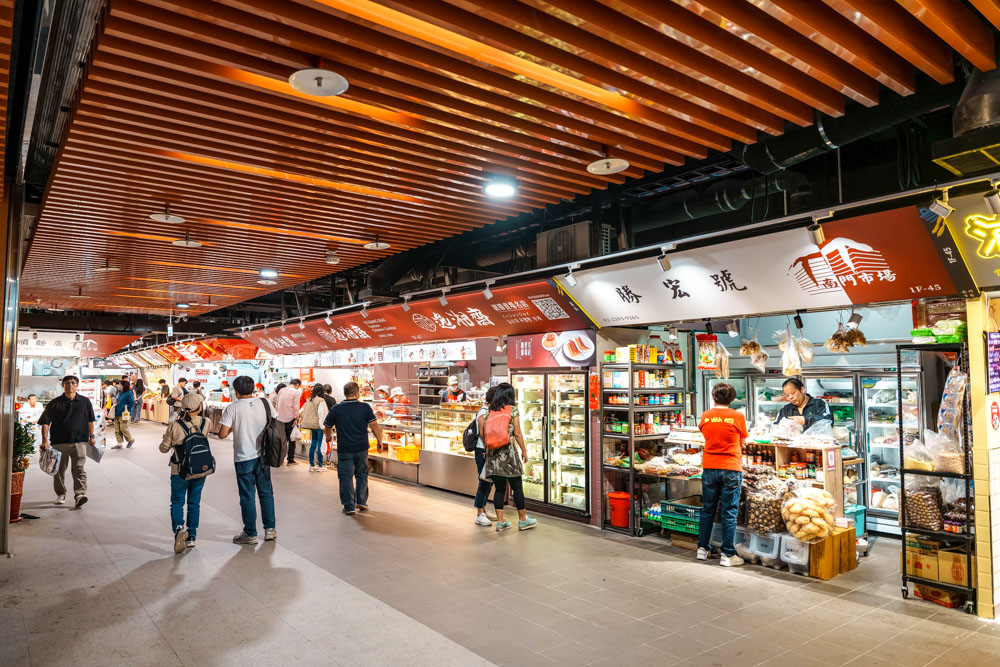
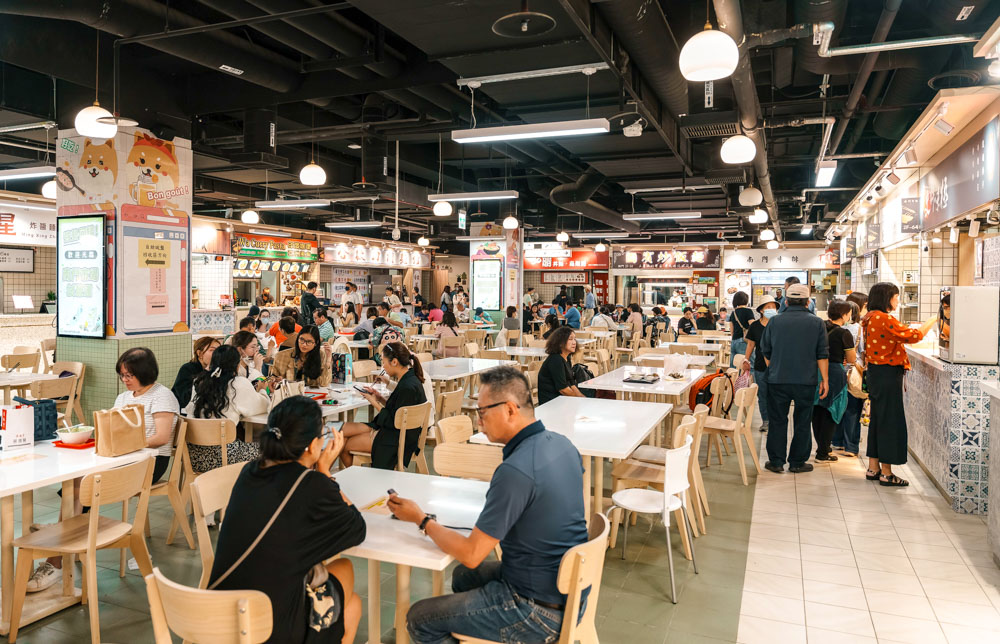
Exit 2 of MRT Chiang Kai-Shek Memorial Hall Station is right outside the market. The hall is where we next shall be, a short walk north along Roosevelt Road.
CKS Memorial Hall
CKS Memorial Hall (www.cksmh.gov.tw) and its immaculately landscaped grounds, in more recent decades joined by the likes of the Taipei 101 tower, is a key visual in the Taipei international tourism-brand icon montage. Located immediately southeast of the old East Gate, built to honor Generalissimo Chiang Kai-shek, the magnificent marble-façade structure stands 76m high (groundbreaking took place in 1976, the 90th anniversary of Chiang’s birth), its twin-eave roof of brilliant blue-glazed tiles topped with a golden dome. Inside the main hall, reached via 89 steps (he passed away at 89), sits a massive statue of the fearless leader, looking his benevolent, benign best. On ground level is an exhibit-cum-interpretation of the former President’s life, including personal effects, a mock-up of one of his offices, and a bulletproof Caddy he once used.
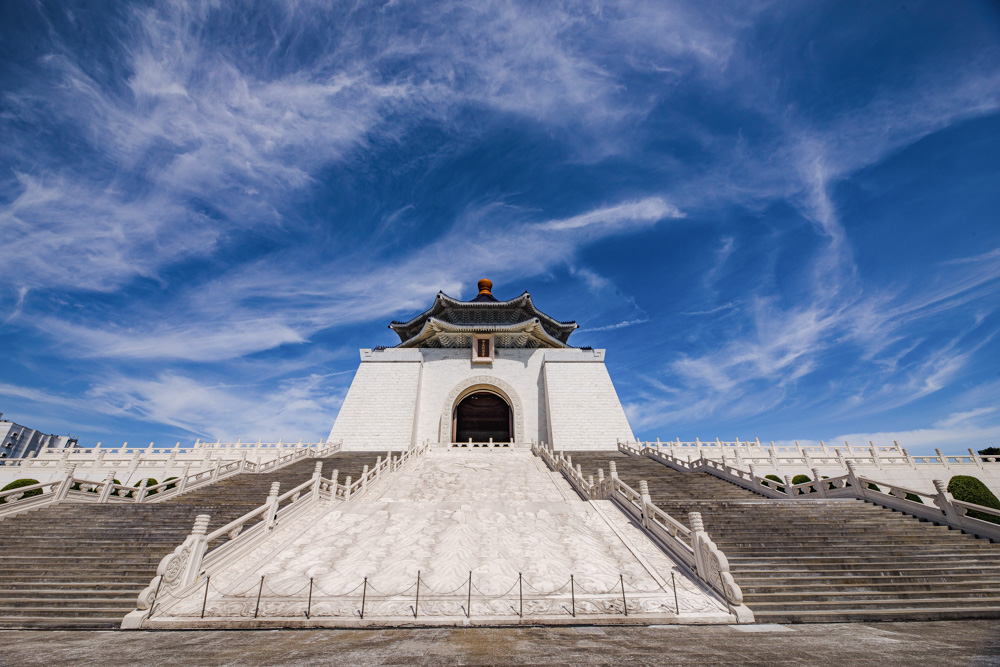
The grand plaza before the hall is flanked by the massive, ornate National Theater and National Concert Hall, built later and in classical Ming palace style. The hall and monumental arched entrance directly align with the homesick Chiang’s childhood home in China. A visitor must is the stately changing-of-the-guard experience, performed hourly through the day before the CKS statue and sometimes down before the hall.
And now, exploration west of MRT Guting Station. A 10min saunter along Nanhai Road brings you to the sumptuous National Museum of History and its green neighbor, the Taipei Botanical Garden.
National Museum of History
The National Museum of History (www.nmh.gov.tw), in the southeast corner of the garden grounds, was inaugurated in the 1950s. Starting off in a multi-story Japanese-style wood structure, re-stylings and rebuilds brought transformation into today’s striking five-story castle-like structure of Ming and Qing dynasty mien. Major renovations were conducted recently, with the museum closed, introducing a more modern appearance and state-of-the-art exhibition technology/facilities.

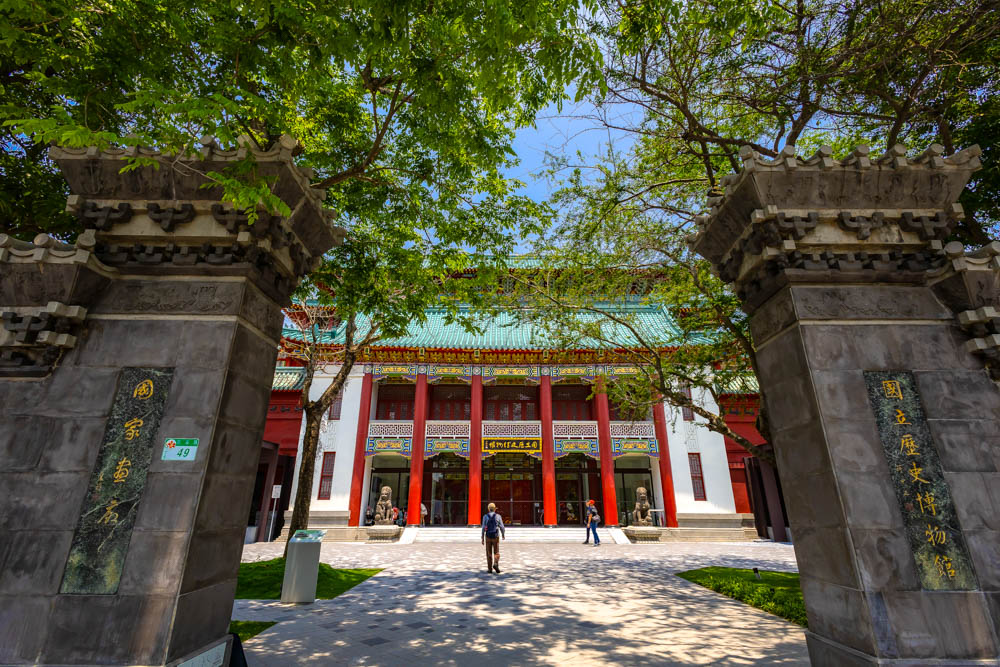
The collection, which has grown to over 50,000 treasures, was built on a foundation of artifacts from China’s Henan Museum, under the Republic of China jurisdiction until Chinese Civil War cessation, and relics recovered from the Japanese after the Sino-Japanese War. Long exclusively focused on exhibits showcasing imperial China, the museum now also organizes large-scale exhibitions with other cultural foci, such as loaned Van Gogh paintings and Taiwan’s indigenous cultural treasures. The permanent collection today encompasses works from Neolithic times to the contemporary era, from China, Taiwan, and other lands, including prehistoric colored pottery, Shang and Zhou oracle bones, bronze vessels, Tang Dynasty tri-colored ceramics, stone-carved Buddhist sculptures, jadeworks, early Republican-era furniture and puppetry, paintings, and contemporary calligraphy.
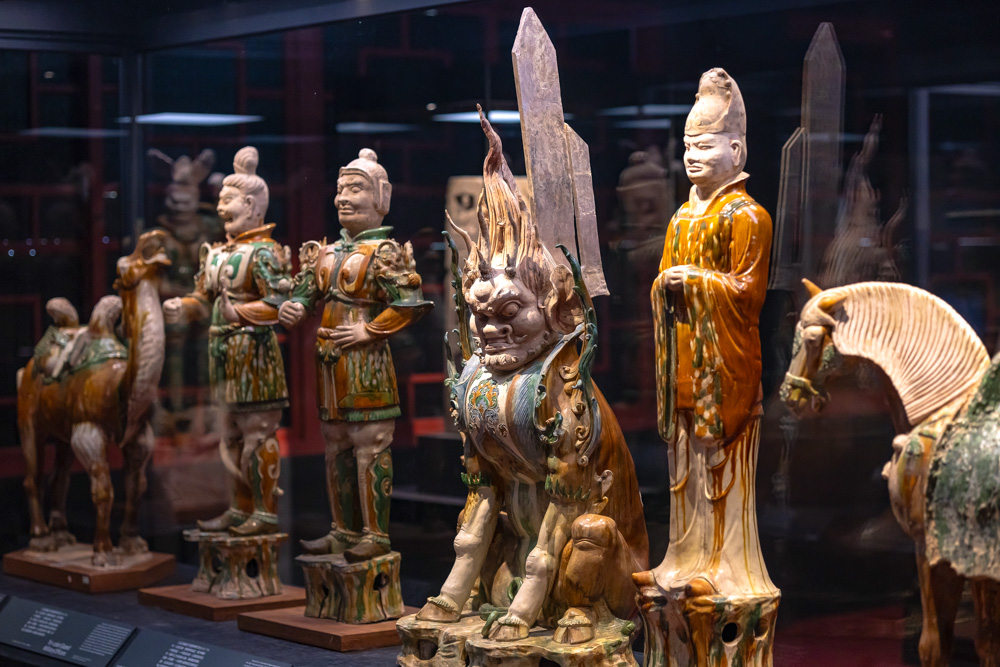
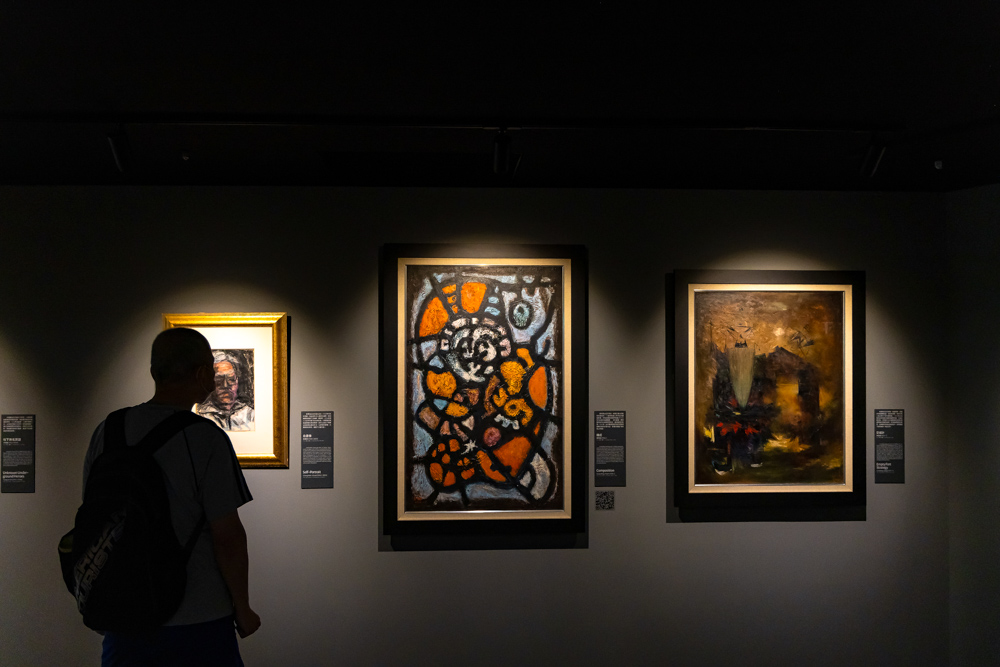
Taipei Botanical Garden
The 8ha, tree-rich Taipei Botanical Garden (tpbg.tfri.gov.tw), which borders the NMH site on the latter’s north and west, is home to specimens from 2,000-plus plant species. Its roots go back to 1896 as a Japanese-inaugurated research nursery, with plants introduced from around Taiwan, Japan, China, and Southeast Asia. Each of its 17 zones has a different theme (there are also nine ponds), the most popular areas being the Lotus Pond, Chinese Zodiac Garden, Succulent Plants Garden, Fern Garden, and Poetry and Literature Garden. A special attraction is the bloom of elegant lotus flowers each June through August.
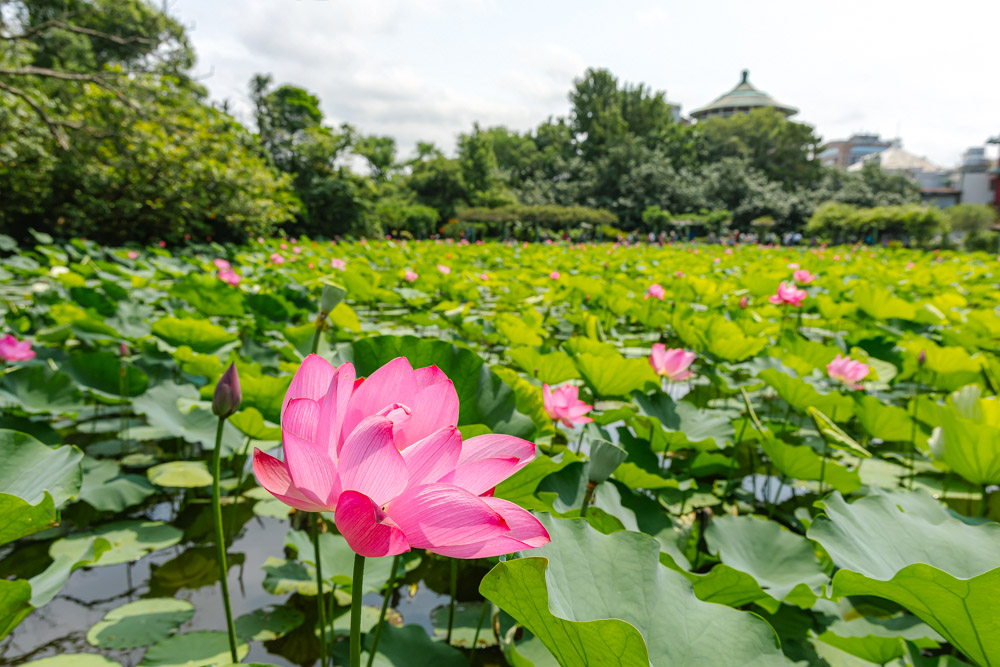
Non-flora beauties also bloom here aplenty. Despite the steady flocks of human visitors, this is a great birding spot, with both endemic and migratory belles, including such travelers from the northern hemisphere’s high latitudes as the Daurian redstart, Siberian blue-tail, grey-streaked flycatcher, and Arctic willow warbler. Two non-flora/fauna photo hotspots are important heritage structures: the Guest House of Imperial Envoys, built in the Qing Dynasty (1889) in the old walled city behind today’s Taipei Zhongshan Hall, and Nanmon-cho 323, an exquisitely restored Japanese teahouse built for park visitor enjoyment in the 1930s.
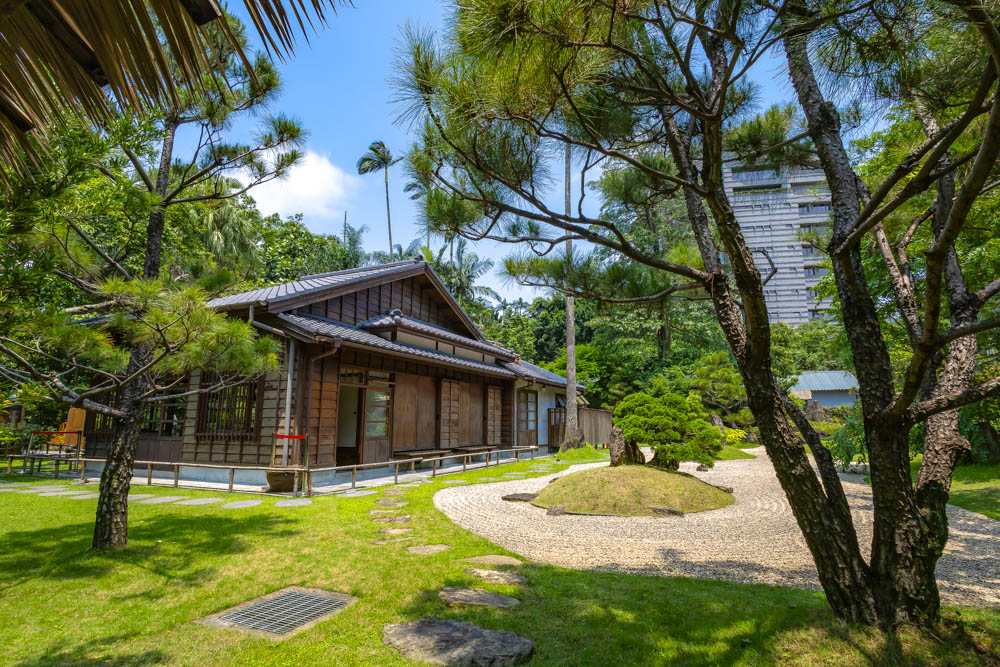
Nanjichang Night Market
A few short blocks southwest of the botanical garden, in an older residential community, is the Nanjichang Night Market. This is a splendid choice for the overseas traveler to experience an “authentic” local night market – not located close to a metro line, it caters primarily to locals, and tends to have lower prices. A number of its vendors have earned Michelin Guide glory, including Unnamed Clay Over Roll, which sells elongated shaobing, and Wu Wang Tsai Chi, crafter of fat 10-ingredient popiah (guide.michelin.com/ca/en/taipei-region/restaurants).
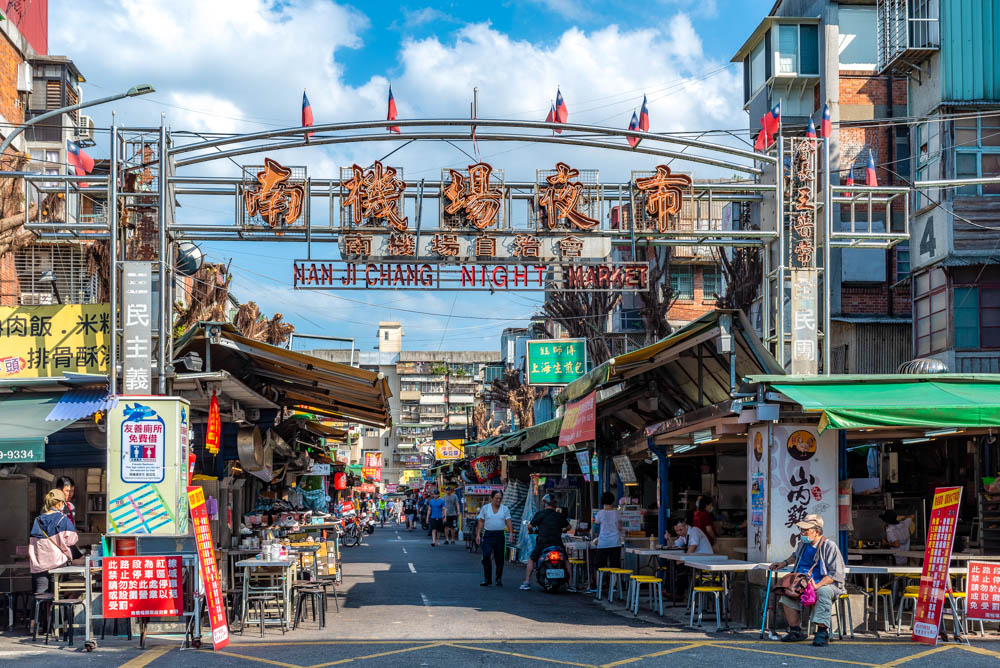

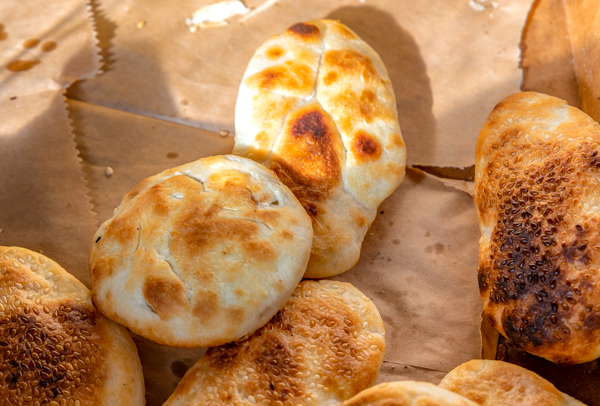
“Nanjichang” means “South Airport” – this area, including the large nearby Youth Park, was the site of a Japanese military airport. Today’s Taipei Songshan Airport grounds were the site of the “north” airport. The market grew up in the historic Nanjichang Community, which, when completed in 1964, was Taiwan’s largest military dependents village, housing personnel that had come over to Taiwan in the late 1940s National exodus from the Chinese mainland. There is thus a heavy preponderance of delicacies from their home areas.





